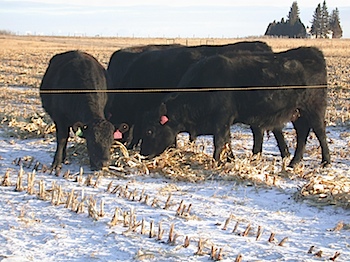Andy Jarvis, our man with the global insights, sends this despatch:
![]()
This article just came out in Science about assisted colonization. 1 That is the fancy term for moving a population from one place to another. Over the past few years this concept has been gaining ground, especially with the barrage of horror stories about the impacts of climate change on the geographic range of species. The authors propose a decision framework to identify candidate species for translocation (or assisted colonisation as it seems to now be called). The decision framework consists of criteria for threat, feasibility, and cost-benefit. Amazingly, the whole concept of ecological risk is not taken into account in the decision framework. The authors mention it in the text, and sidestep the issue somewhat by saying that these are short distance translocations, but this may not always be the case. With the best of intentions, we’ve had some really great “assisted colonisation” events in the past that have caused ecological disaster. See Australia, Lake Victoria, the Southern US, etc. etc. The list is endless.
Before I go too far, I must step back and state the positive side of this concept. After all, the objective is conservation. Done properly, with sound risk analysis of direct and indirect impacts on ecological communities (and anthropogenic systems, like … errrr… agriculture), assisted colonisation could save species from near certain doom. An innocent way of seeing it is that you are just lending a hand to species who can’t quite migrate as fast as others. If migration rates are lower than the speed of climate change, or a pesky river gets in their way, then ecologists come to the rescue and move you. It’s like helping an old lady across the road.
Avoiding long-distance assisted colonisation is a useful surrogate for “eco-safety” (a new term is born), but I think it is dangerous as many assumptions are being made with that one. Suggested next article: Risk analysis framework for assisted colonisation. Readers get going.
As a side note, and while I am in the mood for inventing new terms, we also need to come up with a name for this kind of conservation. We have in situ, we have ex situ. What would be good for this kind of conservation? Non-situ could well be the case if you don’t assist colonisation, but I can’t think of a good name for populations that are assisted. Anyone fancy a place in the history books by giving this a name? 2
